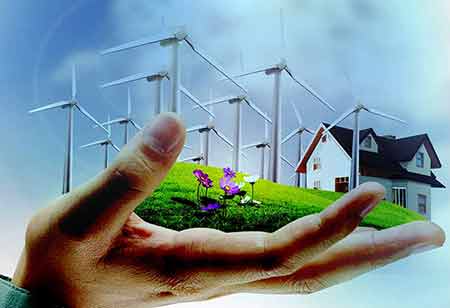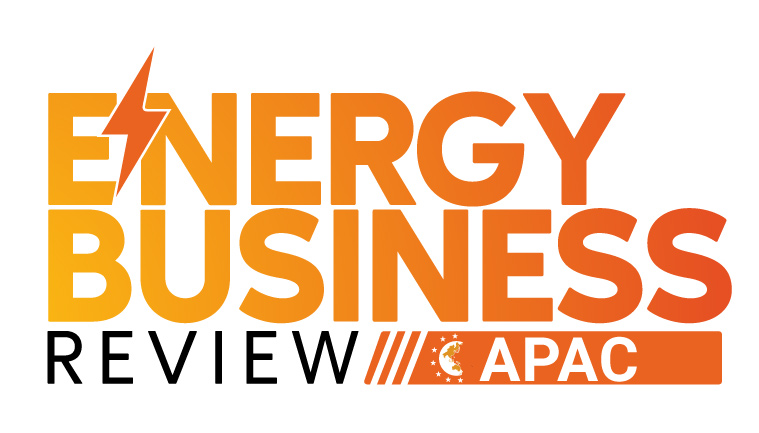Thank you for Subscribing to Energy Business Review Weekly Brief
Arising Energy Technologies to Transform the Future
New technologies like offshore wind and lithium-ion battery storage have gone from strength to strength.

By
Energy Business Review | Wednesday, June 08, 2022
Stay ahead of the industry with exclusive feature stories on the top companies, expert insights and the latest news delivered straight to your inbox. Subscribe today.
2020 will be established as the year of technology consolidation instead of breakthrough innovation in the energy industry.
New technologies like offshore wind and lithium-ion battery storage have gone from strength to strength. On the other hand, more novel technologies like energy blockchains and flow batteries have been comparatively inactive this year. If seen from another perspective, this is not a bad thing.
It indicates that many low-carbon grid technologies are maturing and achieving the scale needed to compete with fossil-fuel generation. However, it also suggests that there is still a stack of scope for innovation in the maturing sector.
It is vital to watch emerging technologies while entering a new decade.
Marine solar
Seeing the growing popularity of floating solar arrays on freshwater bodies, 2019 saw many announcements concerning sea-based PV projects. Yet if this concept will go mainstream remains open to doubt, however.
Offshore floating solar could be the next frontier, but challenges are still overcome within the inland floating solar arena.
Static compensators
While they might not have acquired much mainstream attention, the static compensators are a technology to watch out for as grids seek to integrate increasing amounts of renewable energy.
Their job is to imitate the action of rotating masses previously supplied by thermal turbines, therefore maintaining a constant frequency throughout the electricity network. However, renewable-heavy grids might lack this natural frequency-response mechanism, requiring compensators.
Molten salt reactors
Naming nuclear energy technology to watch is tense for various reasons.
Exceeding the debate over the extent to which nuclear qualifies to be a clean energy source, the sector’s traditional approach faces ongoing problems in the U.S. and Europe, and alternatives like the fusion and small modular reactors remain frustratingly far from commercialization.
Nonetheless, advocates say one emerging technology, the molten salt reactor, could give carbon-free electricity with lesser radiation risks than traditional nuclear.
Green hydrogen
The renewably generated hydrogen is moving fast from the category “emerging” to “established.” Ten countries have previously jostled for leadership positions in what some see as the next big energy thing. Besides its use as an energy source for the grid, green hydrogen has ample potential to help decarbonize industrial processes, gas heating, and heavy transport.






